Introduction to protective insects and their importance to plants
Published on April 24, 2023
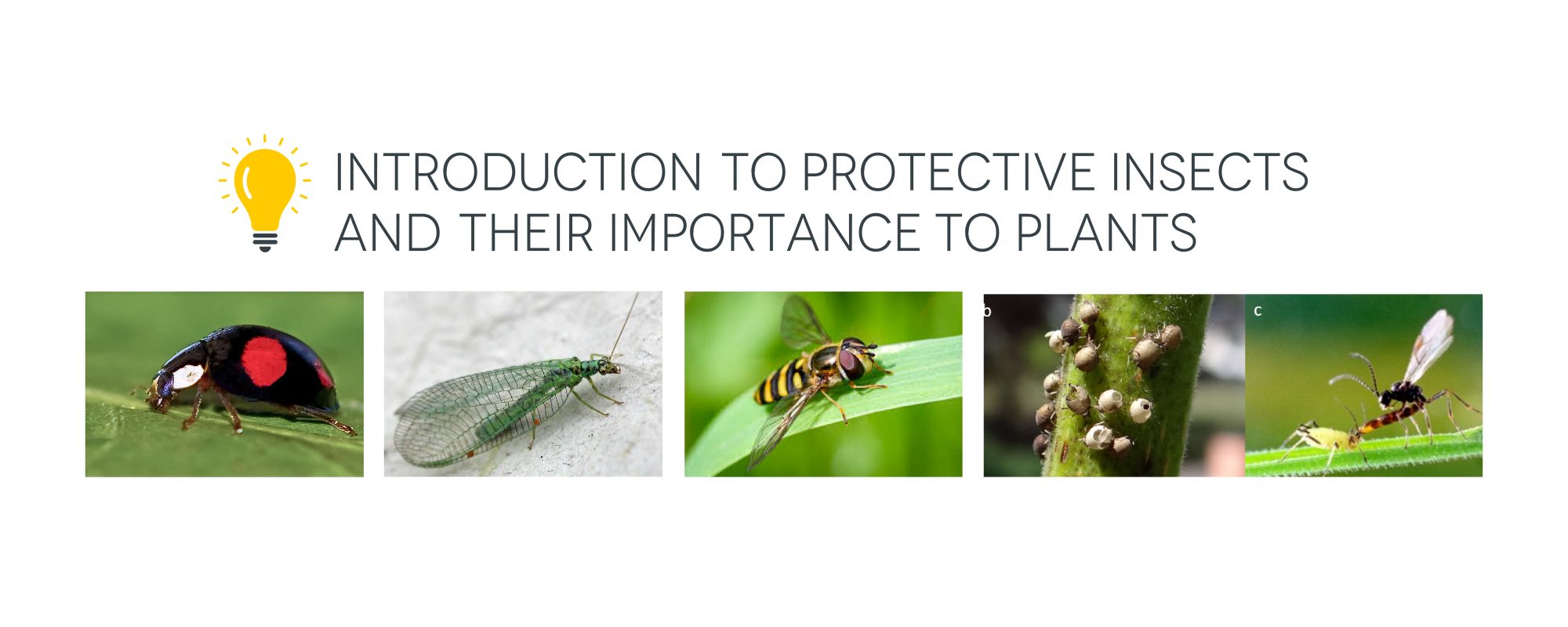
When we think of insects in greenhouses, most of us immediately think of pests that eat our plants and can cause serious damage.
But did you know that there are also beneficial insects for plants? These protective insects can help prevent pest infestations and maintain healthy plant growth. In this article, we will introduce you to some of these protective insects and explain their importance to your garden.
Protective insects in greenhouses: a natural alternative to pesticides.
Chemical insecticides are often used to control insect pests in the garden, but they can be harmful to the environment and health. Protective insects, on the other hand, are a natural and safe alternative. By eating pests, they help maintain the ecological balance and keep plants growing healthily.
Black ladybugs: the best known and most effective protective insect
The ladybug is probably the best known and most recognizable protective insect. Ladybugs feed on aphids, which are one of the most common garden pests. A single ladybug can eat up to 5,000 aphids in its lifetime, making it a valuable ally for your greenhouse.
Black ladybugs: the best known and most effective protective insect
The ladybug is probably the best known and most recognizable protective insect. Ladybugs feed on aphids, which are one of the most common garden pests. A single ladybug can eat up to 5,000 aphids in its lifetime, making it a valuable ally for your greenhouse.
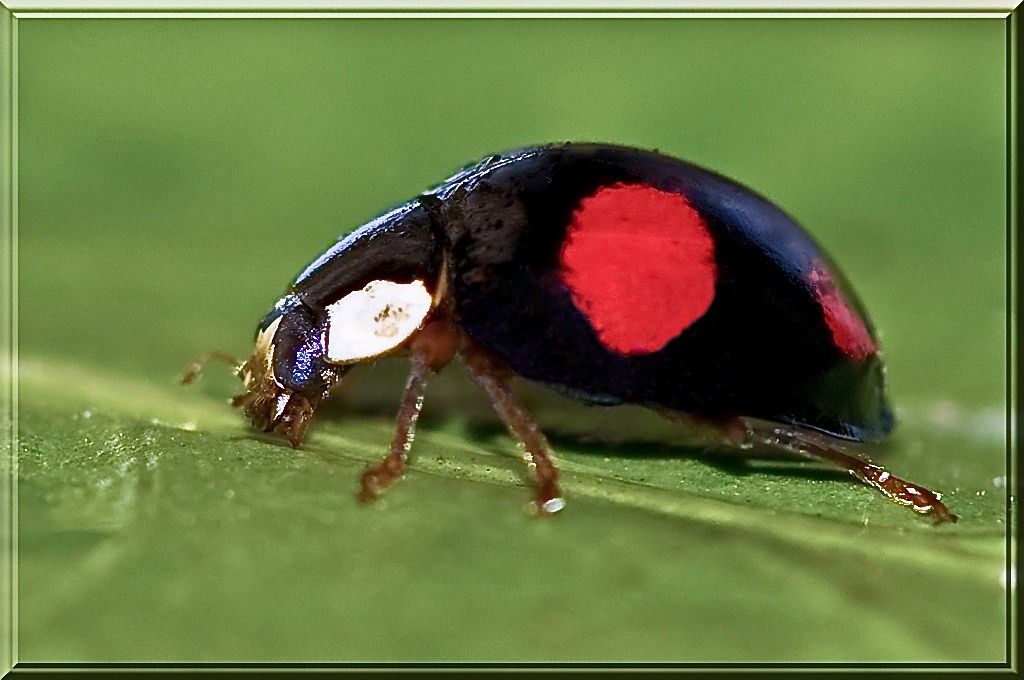
Hoverflies: important pollinators and allies against aphids
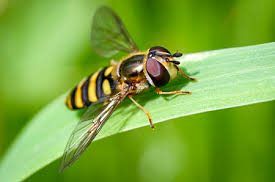
Hoverfly larvae feed on aphids, thrips and other insect pests. Adult hoverflies, on the other hand, feed on nectar and pollen, making them important pollinators for your plants. Hoverflies are also a popular choice for organic gardens, as they pose no danger to other beneficial insects or plants.
Lacewings: protective insects used in greenhouses to protect plants
Lacewing larvae feed on aphids, mealy bugs and other insect pests. Adult lacewings, on the other hand, feed on nectar and pollen. Like hoverflies, lacewings are also important pollinators. Lacewings are often used in greenhouses to protect plants from insect pests.
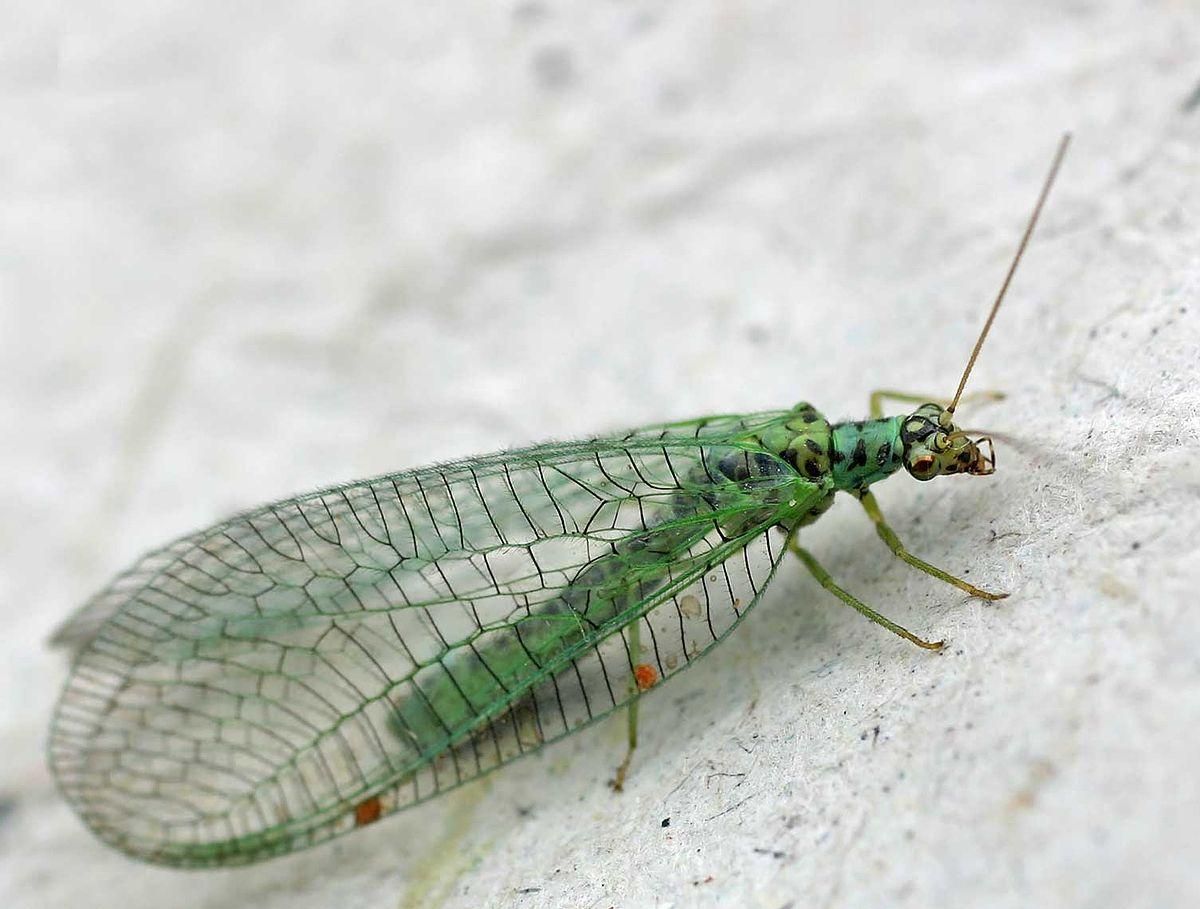
Predatory mites :
They are polyphagious and are therefore efficient natural enemies of many crop pests such as thrips, aphids, leafhoppers, mealybugs and phytophagous mites. Some species also consume fungi like fumaginia, honeydew but also some phytophagous nematodes. They can therefore play an important role in plant protection.
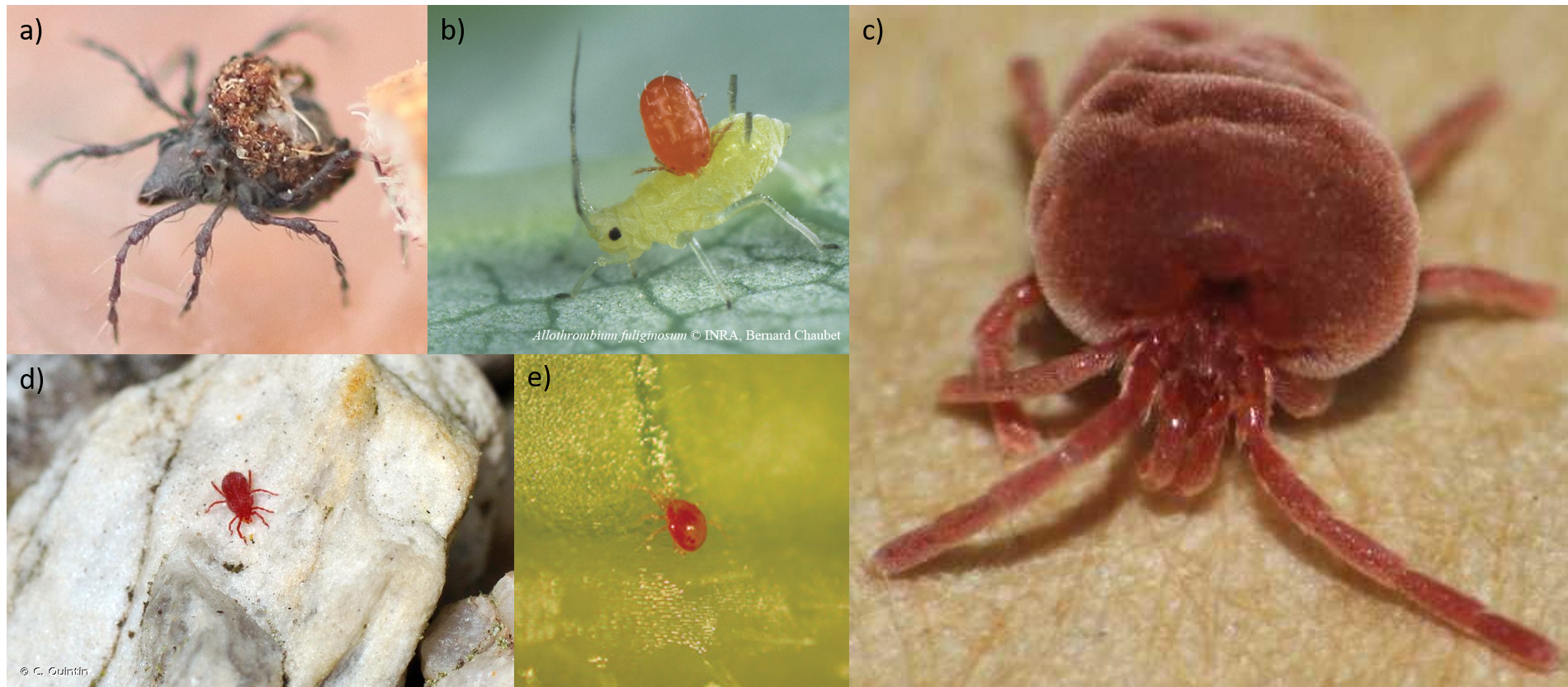
Parasitoid wasps: formidable predators against insect pests
Parasitoid wasps are formidable predators of insect pests. They are often used in agriculture to control crop pests. Parasitoid wasps lay their eggs inside the larvae of insect pests. Parasitoid wasp larvae then feed on the insect pest larvae from within, killing them.

In conclusion, protective insects such as ladybugs, hoverflies, lacewings and parasitic wasps are valuable allies for gardeners and farmers.
They can help maintain the natural balance in your garden or crops by controlling pests. By using biological control methods such as the use of parasitic wasps, it is possible to reduce the amount of pesticides used, which is beneficial for the environment and for human health.
Here are some useful links for more information: